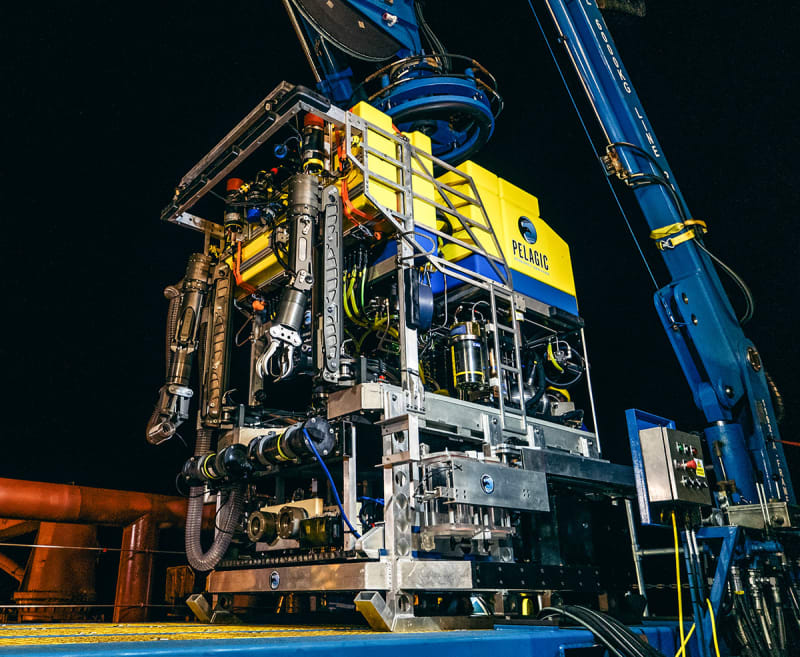GregLocock
Automotive
As Requested continuation of thread815-508005
Cheers
Greg Locock
New here? Try reading these, they might help FAQ731-376
Cheers
Greg Locock
New here? Try reading these, they might help FAQ731-376
Follow along with the video below to see how to install our site as a web app on your home screen.
Note: This feature may not be available in some browsers.
waross said:If the recovery crew did not remove the bolts, the implication is that both the glue joint and the bolts failed simultaneously, leaving the ring orphaned.
While possible, there is really no force on the ring itself that would lead to failure,
